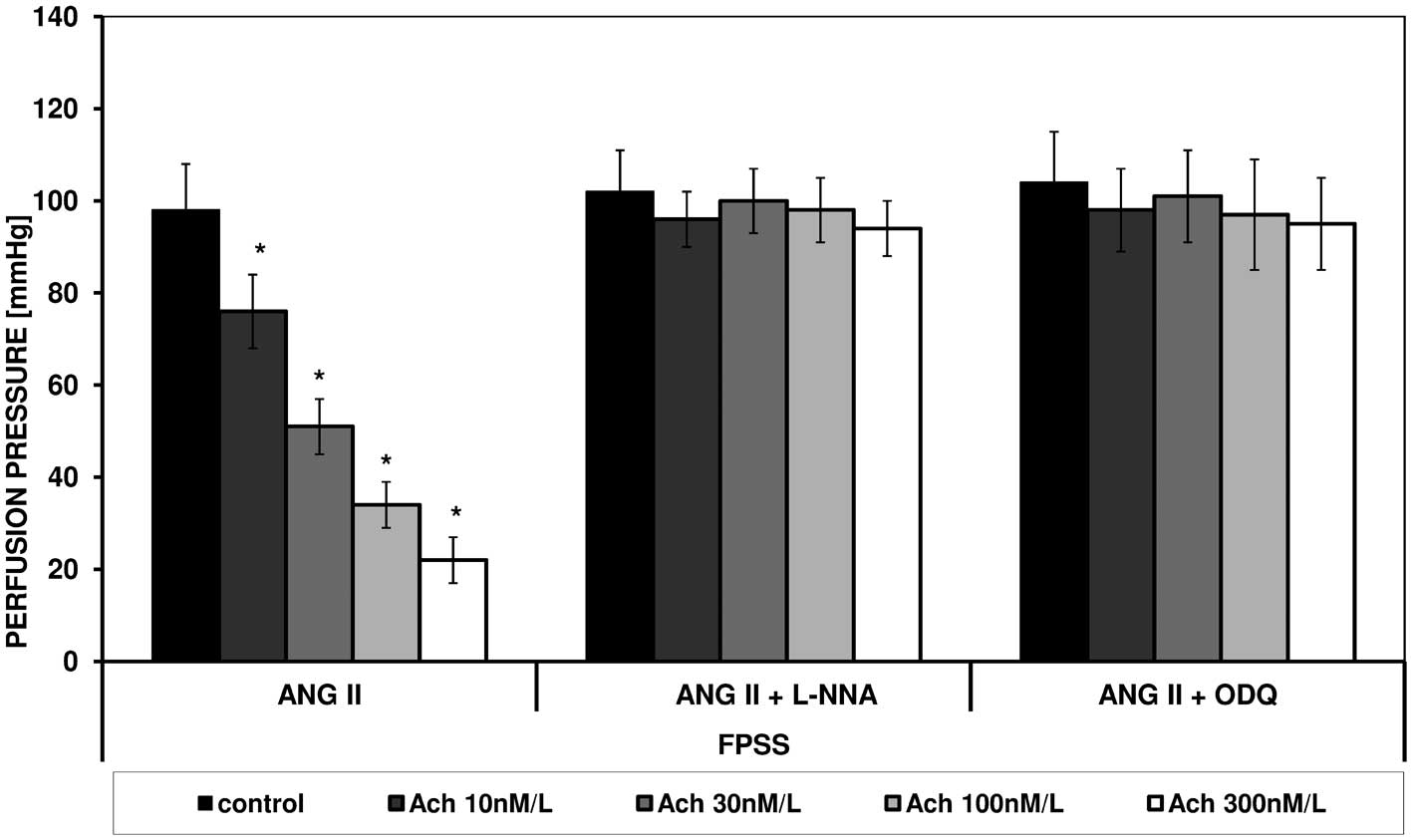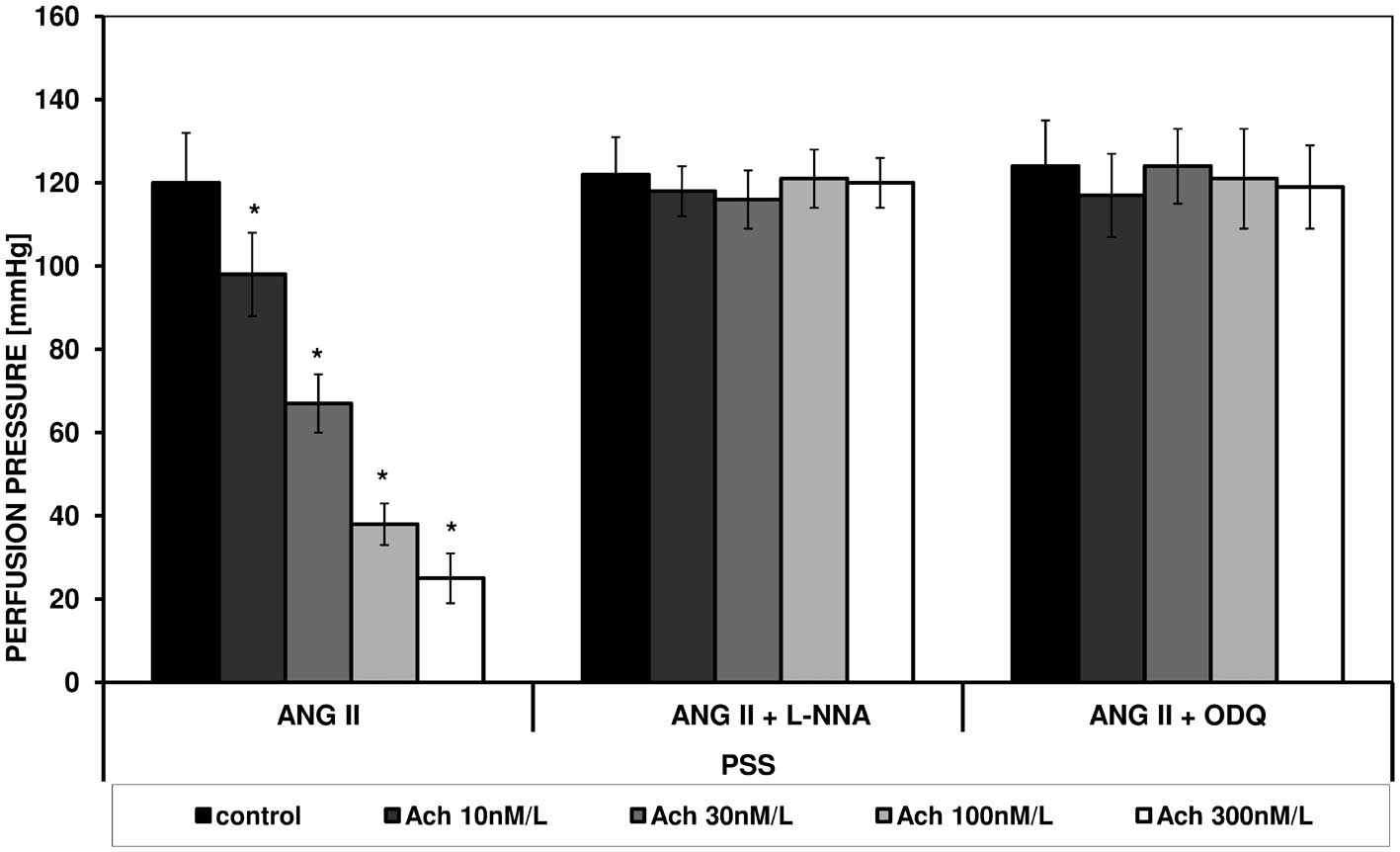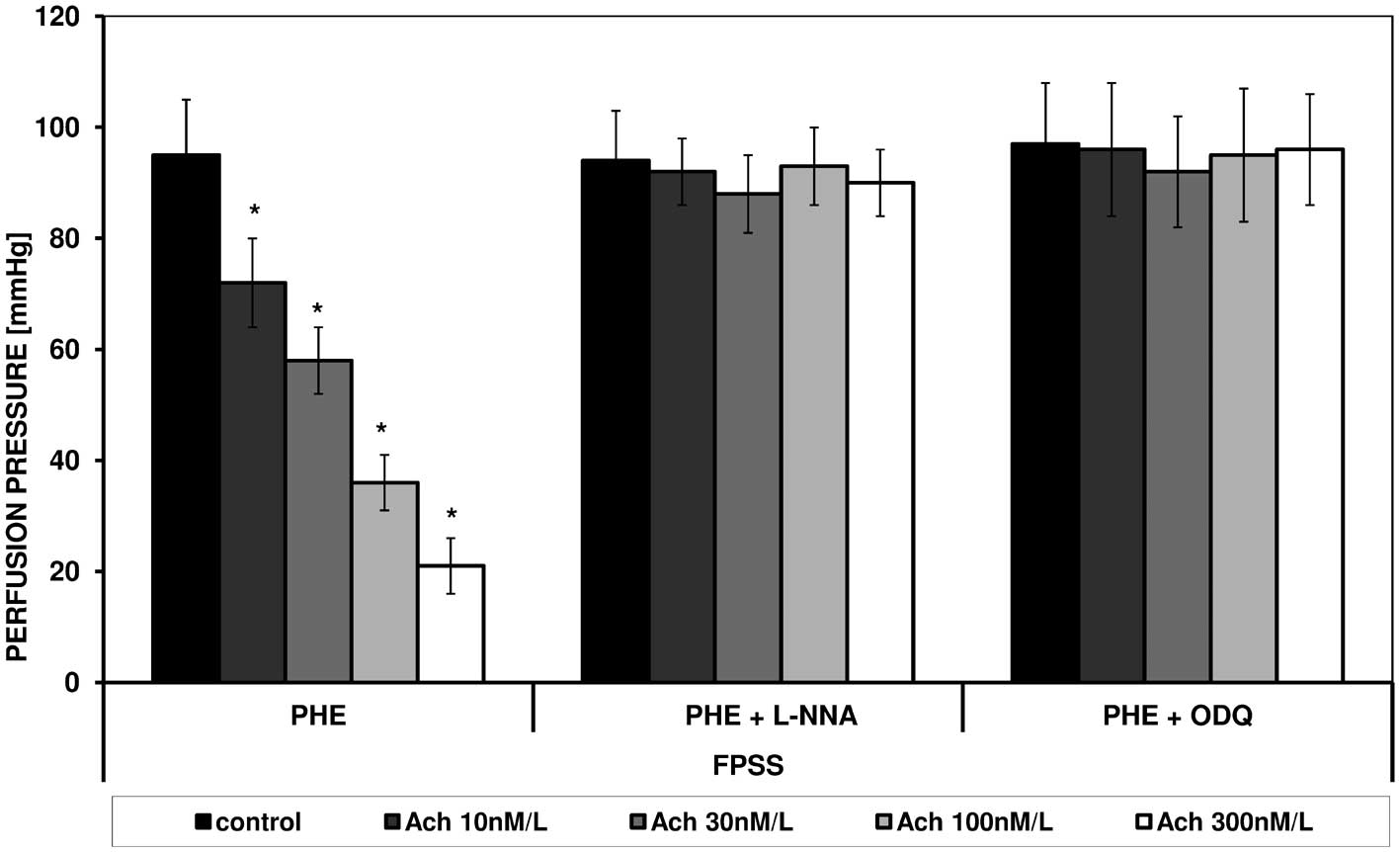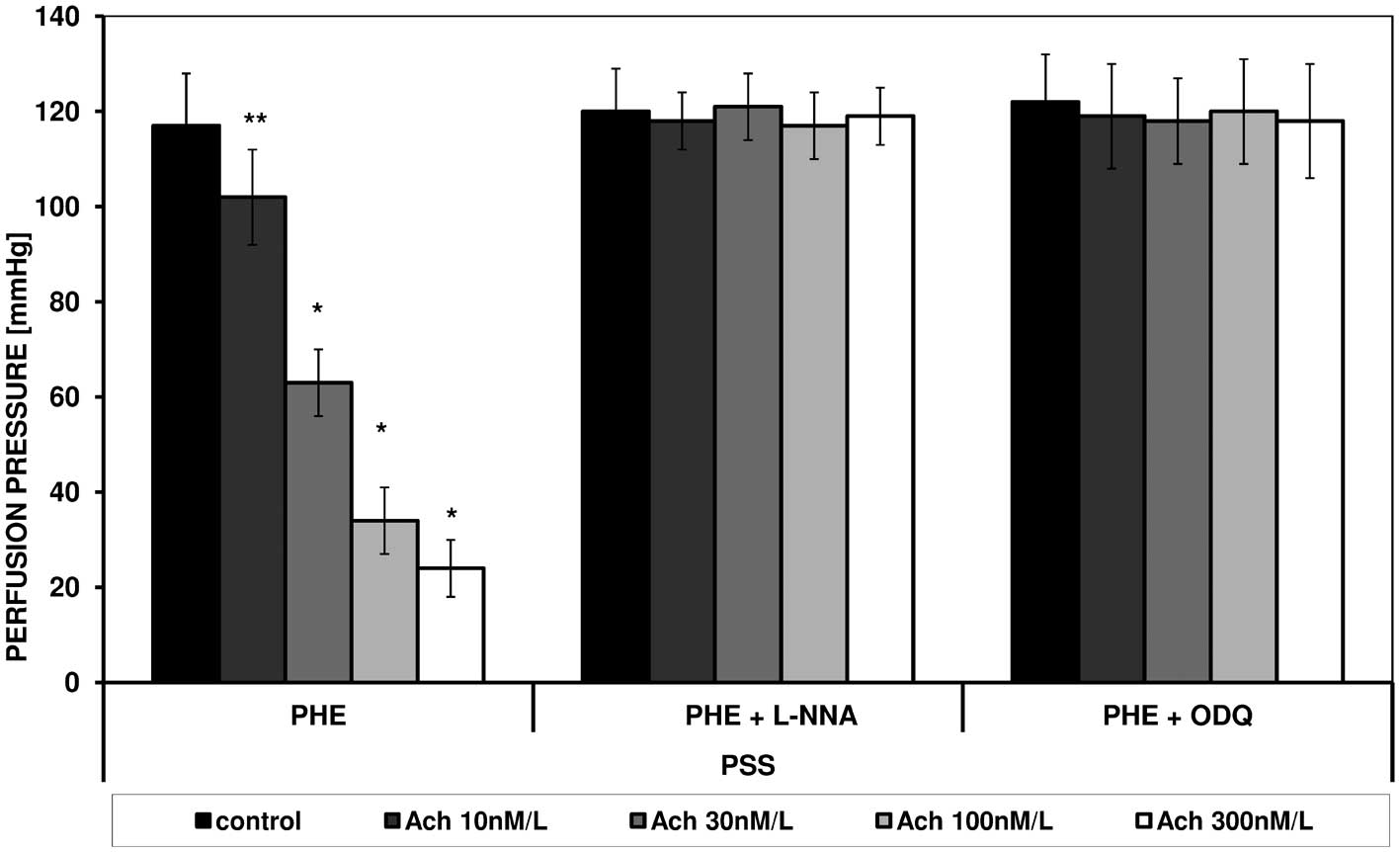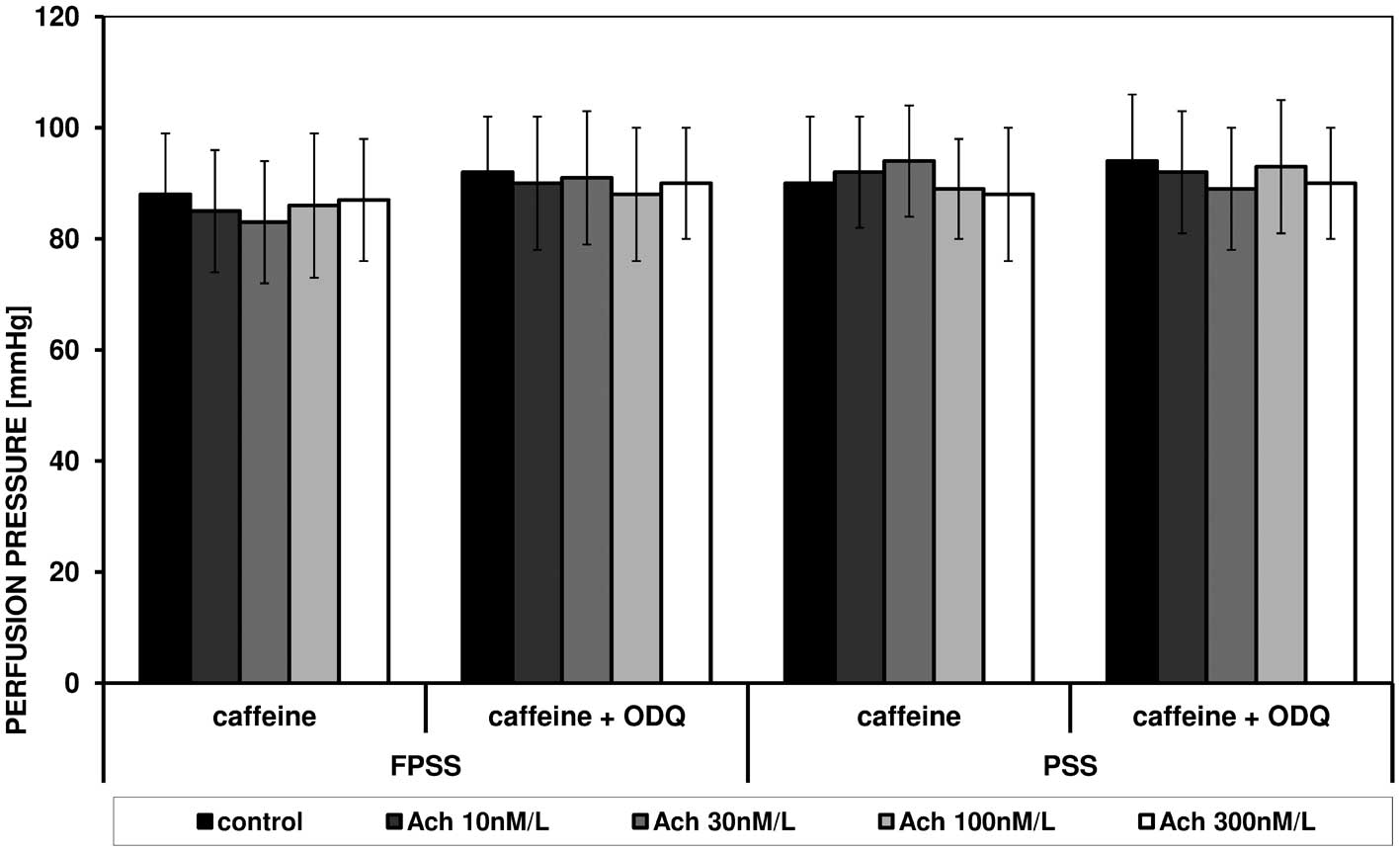|
1.
|
Karaki H, Ozaki H, Hori M, et al: Calcium
movements, distribution, and functions in smooth muscle. Pharmacol
Rev. 49:157–230. 1997.PubMed/NCBI
|
|
2.
|
Stewart K, Zhang Y and Davidge ST: Aging
increases PGHS-2-dependent vasoconstriction in rat mesenteric
arteries. Hypertension. 35:1242–1247. 2000. View Article : Google Scholar : PubMed/NCBI
|
|
3.
|
Barton M, Cosentino F, Brandes RF, Moreau
P, Shaw S and Lüscher TF: Anatomic heterogeneity of vascular aging:
role of nitric oxide and endothelin. Hypertension. 30:817–824.
1997. View Article : Google Scholar : PubMed/NCBI
|
|
4.
|
Cernadas MR, Sanchez de Miguel L and
Garcia-Duran M: Expression of constitutive and inducible nitric
oxide synthases in the vascular wall of young and aging rats. Circ
Res. 83:279–286. 1998. View Article : Google Scholar : PubMed/NCBI
|
|
5.
|
Gasparo M, Catt KJ, Inagami T, Wright JW
and Unger TH: International union of pharmacology. XXIII. The
angiotensin II receptors. Pharmacol Rev. 52:415–472.
2000.PubMed/NCBI
|
|
6.
|
Mehta PK and Griendling KK: Angiotensin II
cell signaling: physiological and pathological effects in the
cardiovascular system. Am J Physiol Cell Physiol. 292:C82–C97.
2007. View Article : Google Scholar : PubMed/NCBI
|
|
7.
|
Seasholtz TM, Gurdal H, Wang HY, Cai G,
Johnson MD and Friedman E: Heterologous desensitization of the rat
tail artery contraction and inositol phosphate accumulation after
in vitro exposure to phenylephrine is mediated by decreased levels
of Gαq and Gαi. J Pharmacol Exp Ther.
283:925–931. 1997.
|
|
8.
|
Drake MT, Shenoy SK and Lefkowitz RK:
Trafficking of G protein-coupled receptors. Circ Res. 99:570–582.
2006. View Article : Google Scholar : PubMed/NCBI
|
|
9.
|
Keef KD, Hume JR and Zhong J: Regulation
of cardiac and smooth muscle Ca2+ channels
(CaV1.2a,b) by protein kinases. Am J Physiol Cell
Physiol. 281:C1743–C1756. 2001.PubMed/NCBI
|
|
10.
|
Breitwieser GE: G protein-coupled receptor
oligomerization: implications for G protein activation and cell
signaling. Circ Res. 94:17–27. 2004. View Article : Google Scholar : PubMed/NCBI
|
|
11.
|
Nauli SM, Williams JM, Akopov SE, Zhang L
and Pearce WJ: Developmental changes in ryanodine- and
IP3-sensitive Ca2+ pools in ovine basilar artery. Am J
Physiol Cell Physiol. 281:C1785–C1796. 2001.PubMed/NCBI
|
|
12.
|
Valdés JA, Hidalgo J, Galaz JL, Puentes N,
Silva M, Jaimovich E and Carrasco MA: NF-B activation by
depolarization of skeletal muscle cells depends on ryanodine and
IP3 receptor-mediated calcium signals. Am J Physiol Cell Physiol.
292:C1960–C1970. 2007.PubMed/NCBI
|
|
13.
|
Somlyo AP and Somlyo AV: Ca2+
sensitivity of smooth muscle and non-muscle myosin II: modulated by
G proteins, kinases, and myosin phosphatase. Physiol Rev.
83:1325–1358. 2003.
|
|
14.
|
Grzesk G and Szadujkis-Szadurski L:
Modulation of the reactivity of α-adrenergic receptors by 8Br-cGMP
and angiotesin II. Ann Acad Med Bydg. 17:5–10. 2003.
|
|
15.
|
Grzesk G and Szadujkis-Szadurski L:
Pharmacometric analysis of α1-adrenoceptor function in pretreated
with lipopolysaccharides rat tail artery. Pol J Pharmacol.
53:605–613. 2001.
|
|
16.
|
Grzesk G, Trajder A, Szadujkis-Szadurska
K, Krzyzanowski M and Szadujkis-Szadurski L: Role of α-adrenergic
receptor reserve in different post-synaptic responses to exogenous
agonists in the bisected rat vas deferens. Prog Med Res. 3:13–16.
2005.
|
|
17.
|
Furchgott RF and Zawadzki JW: The
obligatory role of endothelial cells in relaxation of arterial
smooth muscle by acetylocholine. Nature. 288:373–376. 1980.
View Article : Google Scholar : PubMed/NCBI
|
|
18.
|
Murad F: The nitric oxide-cyclic GMP
signal transduction system for intracellular and intercellular
communication. Recent Prog Horm Res. 49:239–248. 1994.PubMed/NCBI
|
|
19.
|
Ignarro LJ: Endothelium-derived nitric
oxide: actions and properties. FASEB J. 3:31–36. 1989.PubMed/NCBI
|
|
20.
|
Xe L, Eu JP, Meissner G and Stamler JS:
Activation of the cardiac calcium release channel (ryanodine
receptor) by poly-S-nitrosylation. Science. 279:234–237. 1998.
View Article : Google Scholar : PubMed/NCBI
|
|
21.
|
Sun J, Xin C, Eu JP, Stamler JS and
Meissner G: Cysteine-3635 is responsible for skeletal muscle
ryanodine receptor modulation by NO. Proc Natl Acad Sci USA.
98:11158–11162. 2001. View Article : Google Scholar : PubMed/NCBI
|
|
22.
|
Lim G, Venetucci L, Eisner DA and Casadei
B: Does nitric oxide modulate cardiac ryanodine receptor function?
Implications for excitation - contraction coupling. Cardiovasc Res.
77:256–264. 2008. View Article : Google Scholar : PubMed/NCBI
|
|
23.
|
Moncada S, Palmer RM and Higgs EA: Nitric
oxide: physiology, pathophysiology, and pharmacology. Pharmacol
Rev. 43:109–142. 1991.
|
|
24.
|
Bender AT and Beavo JA: Cyclic nucleotide
phosphodiesterases: molecular regulation to clinical use. Pharmacol
Rev. 58:488–520. 2006. View Article : Google Scholar : PubMed/NCBI
|
|
25.
|
Slupski M, Szadujkis-Szadurski L, Grzesk
G, et al: Guanylate cyclase activators influence reactivity of
human mesenteric superior arteries retrieved and preserved in the
same conditions as transplanted kidneys. Transplant Proc.
39:1350–1353. 2007. View Article : Google Scholar
|
|
26.
|
Perez-Zoghbi JF, Bai Y and Sanderson MJ:
Nitric oxide induces airway smooth muscle cell relaxation by
decreasing the frequency of agonist-induced Ca2+
oscillations. J Gen Physiol. 135:247–259. 2010. View Article : Google Scholar : PubMed/NCBI
|
|
27.
|
Ji J, Benishin CG and Pang PKT: Nitric
oxide selectively inhibits intracellular Ca++ release
elicited by inositol trisphosphate but not caffeine in rat vascular
smooth muscle. J Pharmacol Exp Ther. 285:16–21. 1998.PubMed/NCBI
|
|
28.
|
Szadujkis-Szadurski R, Tafil-Klawe M,
Szadujkis-Szadurska K, et al: Effect of acetylocholine on reactions
induced by 2 contraction agents - angiotensin II and caffeine. Med
Biol Sci. 24:53–58. 2010.
|
|
29.
|
Szadujkis-Szadurska K, Szadujkis-Szadurski
R, Szadujkis-Szadurski L, et al: The influence of ischemia and
reperfusion injury on the reactivity of arteries induced by
angiotensin II and Bay K8644. Med Biol Sci. 24:47–52. 2010.
|
|
30.
|
Slupski M, Szadujkis-Szadurska K,
Szadujkis-Szadurski R, et al: Nitric oxide and thromboxane A2
modulate pulmonary pressure after ischemia and intestinal
reperfusion. Transplant Proc. 38:334–337. 2006. View Article : Google Scholar : PubMed/NCBI
|















